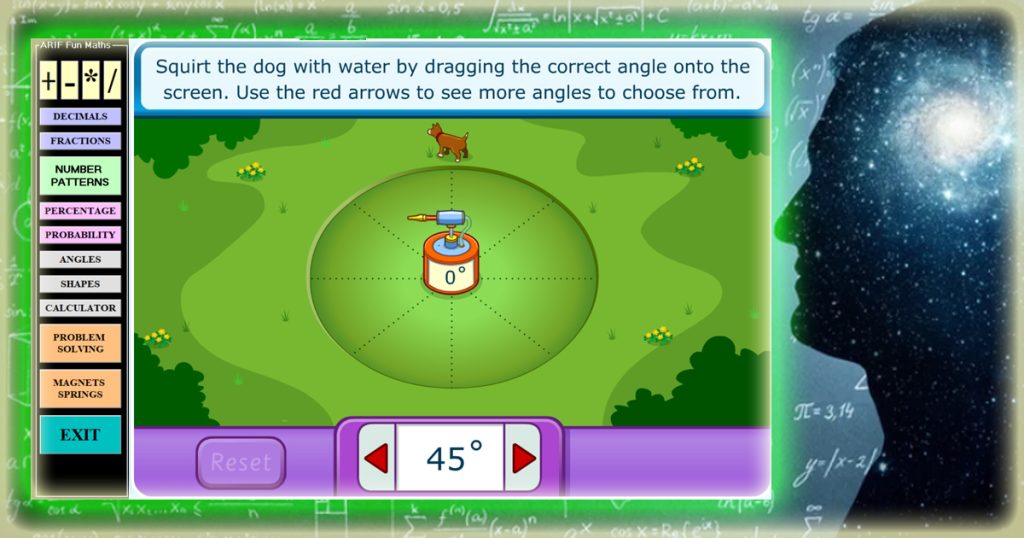Learning Math with Fun Tool

The Robot Bangla Math Tool is an innovative way to help students learn mathematics by providing interactive and personalized instruction that is tailored to the individual needs and abilities of each student. Here are a few examples of how the tool can help students learn:
- Adaptive learning: The tool uses machine learning algorithms to track the progress of each student, identifying areas of difficulty, and adjusting instruction to suit the student's needs. For example, if a student is struggling with a particular concept, the tool can provide additional practice problems and explanations to help the student master the concept.
- Real-world applications: The tool can provide students with real-world scenarios that demonstrate how mathematical concepts are used in different industries. For example, students can learn about how trigonometry is used in designing skyscrapers, or how statistics is used in healthcare. This approach can make the material more relevant and engaging for students.
- Collaborative problem-solving: The tool can provide opportunities for students to work together to solve problems, encouraging them to think critically and creatively about mathematical concepts. This can be done through simulations, visualizations and other interactive activities.
- Gamification: with the help of games, quizzes, and other interactive activities, the tool can make learning math more fun and engaging for students. These activities can also help students to develop problem-solving skills and develop better understanding of mathematical concepts.
- Personalized feedback and progress tracking: The tool can provide students with detailed feedback on their progress and performance, as well as detailed analysis of their strengths and weaknesses. This can help students to identify areas for improvement and track their progress over time, which can help to increase their motivation and engagement in learning mathematics.
Overall, the Robot Bangla Math Tool provides an innovative approach to helping students learn mathematics by utilizing AI-driven instruction, real-world applications, interactive problem-solving, gamification, and personalized feedback, that make the learning experience more engaging, personalized and adaptable to student’s needs.
